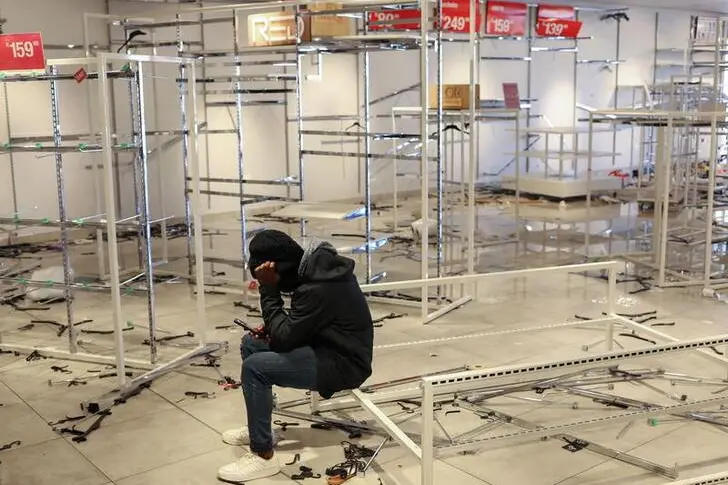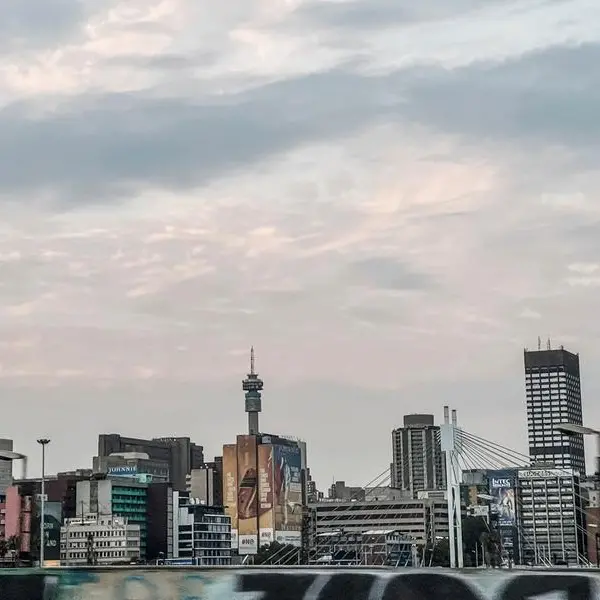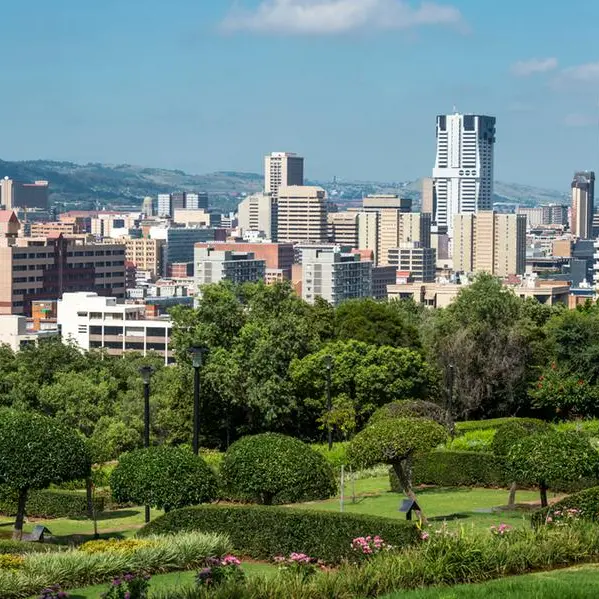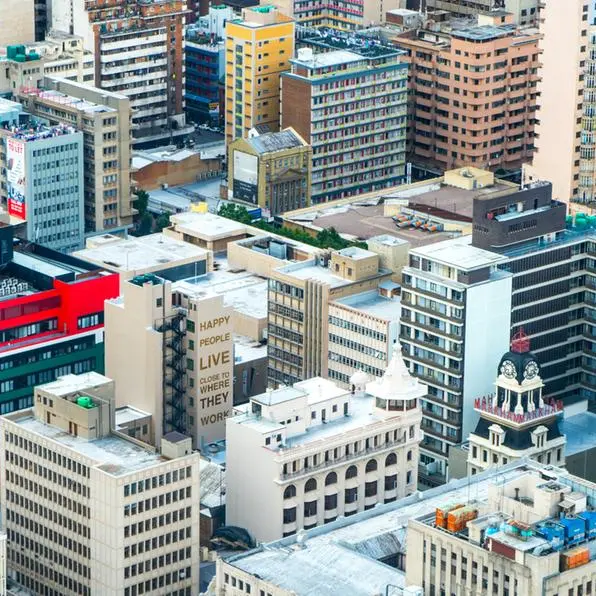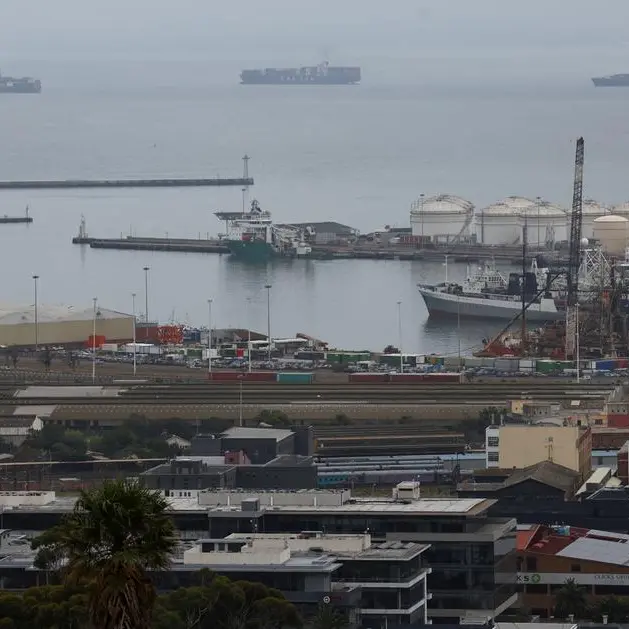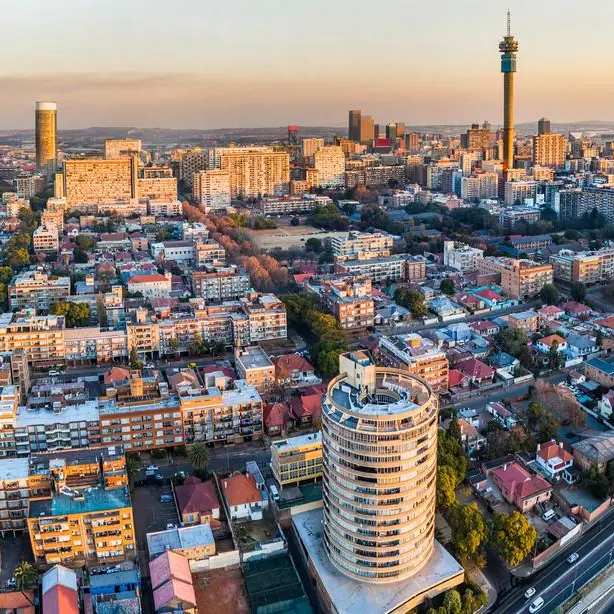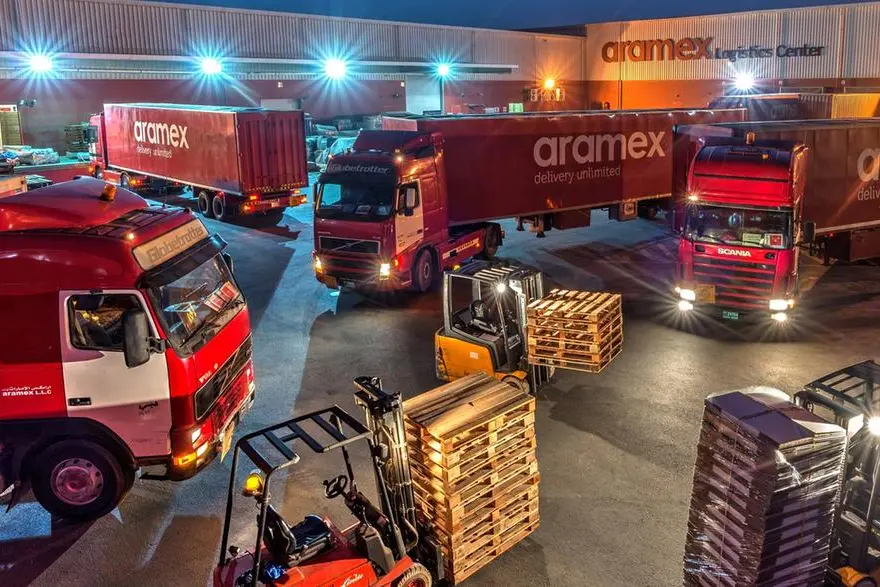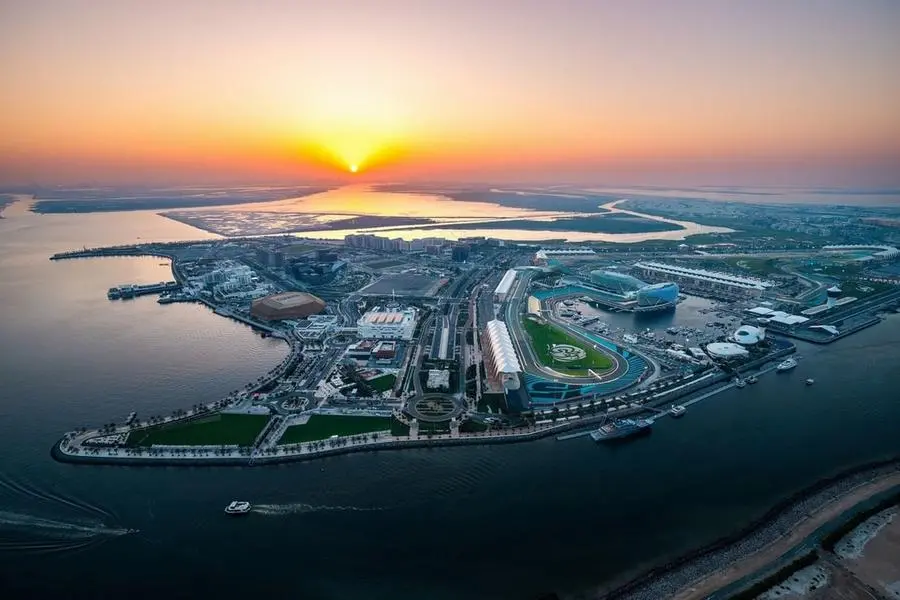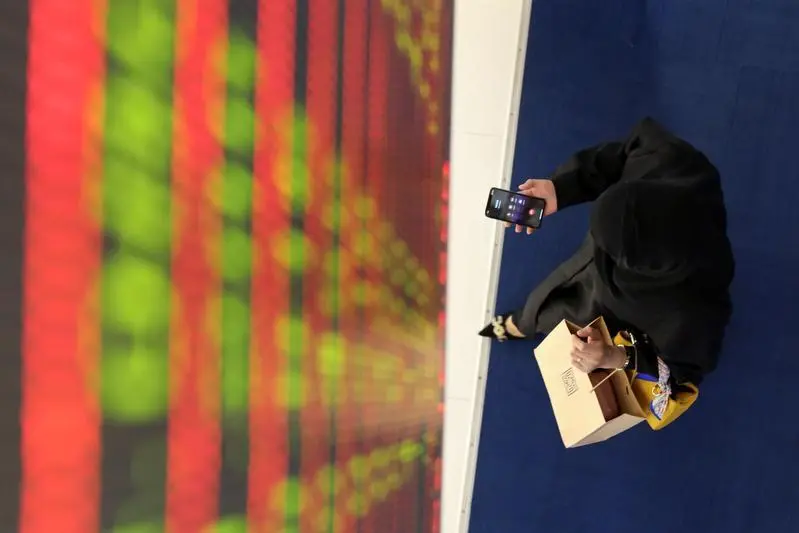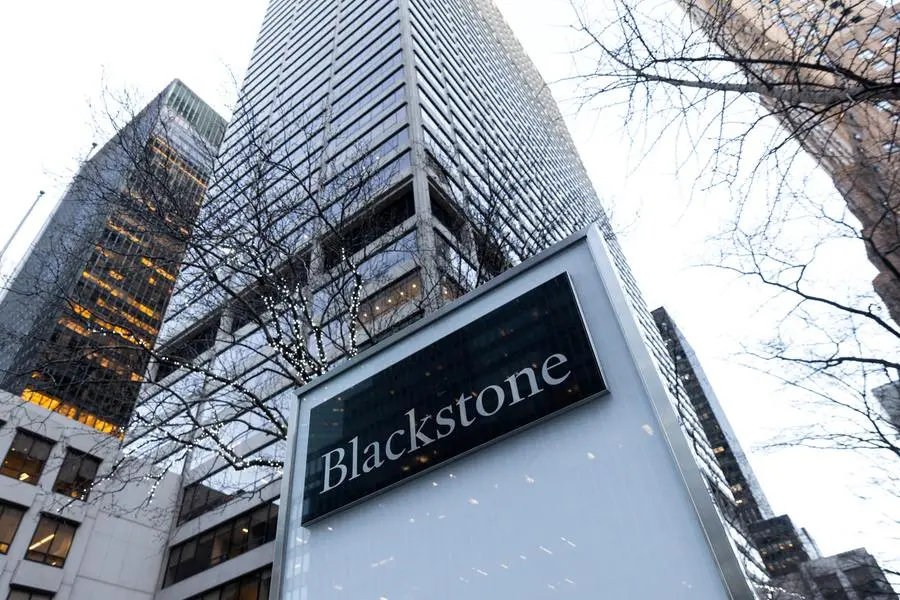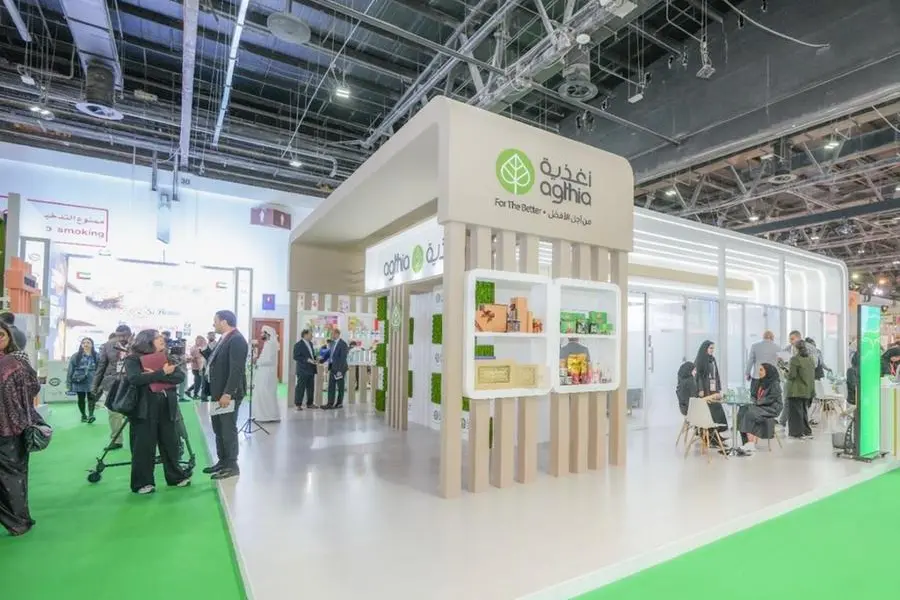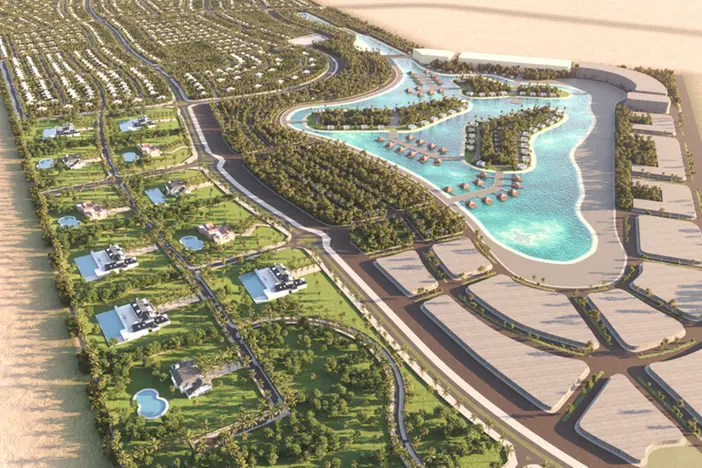PHOTO
A worker using his mobile phone sits at a looted shop as the country deploys army to quell unrest linked to jailing of former President Jacob Zuma, in Soweto, South Africa, July 13, 2021. REUTERS/Siphiwe Sibeko
The South African retail industry is in for a rough year as it grapples with weak economic growth, constrained consumer spending power, and persistent load shedding that disrupts operations and imposes significant costs on businesses to mitigate its impact.
Political economy analyst and keynote speaker, Daniel Silke pulled no punches when he described the rather grim trading conditions at a recent retail seminar hosted in Cape Town by audit, accounting and advisory firm Mazars.
SA retail sales decreased by 1.6% year-on-year in March - the fourth consecutive monthly decline reported by Stats SA. But Silke said this downward trend is unsurprising given the broader macroeconomic conditions affecting the industry.
Diesel cost depression
High levels of load shedding have disrupted retail operations and supply chains, affecting margins and price points. With Eskom having ramped up the frequency and duration of power cuts and with little relief in sight, the cost of load shedding to business has ballooned, particularly the cost of diesel. Silke dubbed it the “diesel cost depression”.
Tiger Brands reported this week that for the six months ended 31 March, the total cost of load shedding amounted to R76m versus R12m for the same period last year, resulting in an incremental cost of R48m.
For the same period, retail group Pepkor reported a staggering increase of close to 500% in lost trading hours, equating to 211,000 hours. In addition, the company disclosed that diesel costs increased by 142% to R72m for the six months.
In TFG’s 12-month trading update shared earlier this month, the company stated, “Capital expenditure of R200m has been spent on alternative power solutions to date, which under normal circumstances, would have been invested more constructively in further expanding our store base as well as other strategic capital projects.”
Referring to TFG’s telling statement, Silke highlighted the “opportunity cost” of load shedding as companies are forced to divert funds to back-up power solutions that would otherwise have been spent on the rollout of stores and improved services.
Potential exodus from KZN
Climate change, including the El Niño effect, presents additional challenges for retailers and manufacturers, particularly in regions prone to flooding, like KwaZulu-Natal. Extreme weather events disrupt supply chains and necessitate reevaluating the location of distribution centres.
The July 2021 civil unrest and widespread looting that occurred in KZN drove up security costs and has further prompted retailers to reconsider the physical placement of their facilities and identify safer corridors for future locations.
Silke said the financial burden of adapting to these challenges further impacts the bottom line of companies.
Inflation nation
Rising input costs inevitably get passed to consumers, who end up forking out more for goods and services. It’s salt in the wounds for a nation already battling elevated inflation, though not unlike many other parts of the world.
But while SA's headline consumer inflation eased slightly to 6.8% in April, down from 7.1% in March, the country’s food inflation rate is double that. This fact is all the more concerning when one considers that prices of basic food items, on which people are dependent, have surged drastically. According to data from Stats SA, the price of onions has gone up 44% between February 2022 and February 2023, while the price of maize meal has increased 34.7%, samp 29.8% and bread flour 27.1%.
Food prices are becoming somewhat of a contentious issue, with the Competition Commission investigating whether price increases of products like cooking oil, bread and maize meal were justified, and questioning if margins that processors, retailers and wholesalers have achieved on basic food items were fair.
“As we move into the election cycle next year, the price of basic foodstuffs is going to become a hot potato. Watch out for added scrutiny on this issue,” Silke said.
Domestic spend under threat
An environment of high inflation and interest rates means that domestic spend in South Africa is under threat. Notably, salaries in the country have stagnated and are failing to keep pace with inflation, according to a recent BankservAfrica report.
“Your middle class in South Africa, your salaried worker, is really under the cosh. This also means it's very difficult for South Africans to save. If we also look at comparative savings rates across the world, Brazilians save quite a bit - nearly 17% of their income - while in South Africa the rate is about 0.5%.”
Incessant interest rate hikes have increased the cost of debt and further reduced disposable income. Silke noted that while credit applications have increased in South Africa, the formal approval rate for credit has flatlined.
“South Africans are going to be spending more on home loans, vehicle financing, personal loans… all of that is hurting their disposable income going forward. It's why private consumption expenditure and consumer confidence levels look somewhat uninspiring,” he said.
Dependency nation
According to the latest FinScope Consumer Survey, 33% of South Africans report living in some sort of severe distress due to not being able to cover their living expenses. “Talk about a cash-strapped environment, we are seeing an increase in South Africans who are now borrowing money just to put food on the table,” Silke said.
He added that around 12 million South Africans withdraw all the money they receive once it's deposited virtually immediately and that 40% of South Africans get their income from government grants.
“We really are becoming what I refer to as a 'dependency nation' - a nation dependent upon the state. We have to get out of this but the only way to do so is to grow our economy with efficient and prudent best practice economic policies.”
Sluggish economy
South Africa's economic growth has been lagging behind the broader average of emerging markets - which are performing comparatively well - resulting in a concerning disparity in GDP per capita, Silke said.
The country’s persistently high employment rate - currently standing at 32.9% - is a contributing factor. “Add another four million on to that [32%] from the discouraged work seekers to give us the overall expanded definition of unemployment. When you have that lack of economic involvement from such a large proportion of the population, your GDP per capita is clearly going to suffer,” he said.
Additionally, recent allegations made by the US ambassador that South Africa has supplied arms to Russia in a covert naval operation has drawn global negative publicity for SA, threatening trade relations with the US and affecting our currency stability.
News of the allegations had a direct impact on the rand, weakening it further. “Our rand has performed particularly poorly, and that tells me that it's domestic concerns about South Africa that are now starting to drive our currency. Markets are now looking at domestic performance; it's not just about the US dollar and other broader macroeconomic influences.”
Capitalise on opportunities
Despite the prevailing challenges, there are opportunities for the retail industry to adapt and thrive in the South African market, and Silke closed off his talk on a comparatively lighter note by highlighting some opportunities.
Local sourcing and innovative partnerships with SA startups offer retailers avenues for cost reduction. Silke said that costly trade tariffs, disruptions in global supply chains - particularly in China - as well as trade tensions should provide new impetus for local businesses to invest in domestic sourcing and production. “It's good for business, it's good for social responsibility, and it's good ultimately for the country.”
Silke predicted impressive growth in online retail, discount retail and in categories like cosmetics, but pointed out informal retail as a channel pregnant with opportunity. The integration and empowerment of the informal sector should therefore be a priority, he said.
“The real opportunity exists in the informal sector, which now represents anywhere between 18% and 25% of South African GDP. One in every five brands and one-third of all consumer packaged goods sold in the country is done via the informal sector.”
Silke also pointed to private label brands and loyalty schemes as playing a more significant role in the challenging trading environment. Furthermore, he said ESG priorities remain essential.
“There are varying interests in ESG across many of our different LSM categories within South Africa. But I still think that ESG is critical to enable affordable and sustainable products being put on our shelves. Globally we see it, and there's an increasing appetite for it in South Africa as well.”
Ultimately, business continues as usual (or unusual), and to succeed in this challenging landscape retail companies need to perfect the basics and prioritise understanding consumer behaviour and aspirations. Digital innovation and data-driven decision-making are essential to remain competitive and deliver products and experiences that resonate with customers.
“Despite all of the challenges, you've got 60 million consumers. It's competitive as ever and brands are seeking provenance and market share,” Silke said.
All rights reserved. © 2022. Bizcommunity.com Provided by SyndiGate Media Inc. (Syndigate.info).
